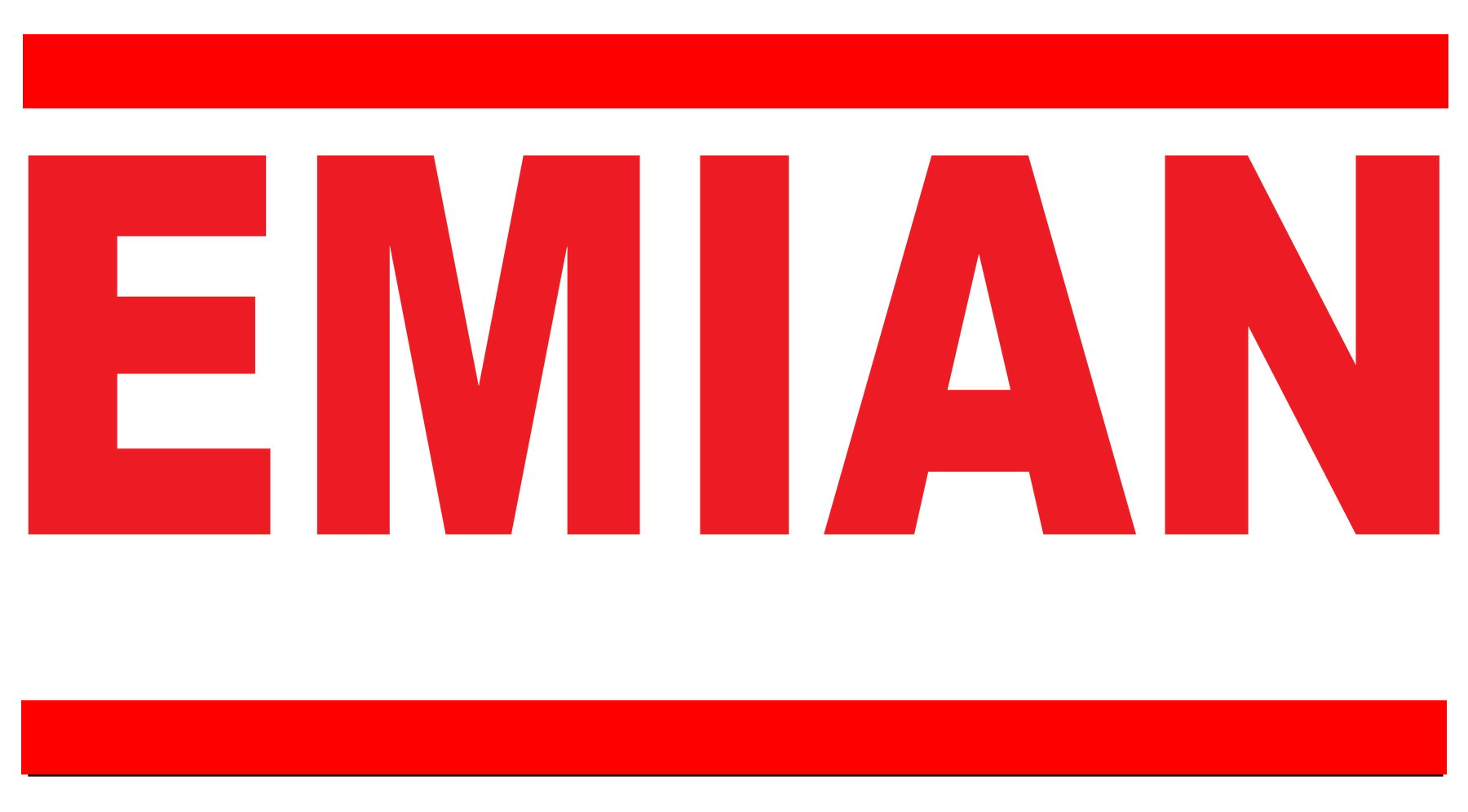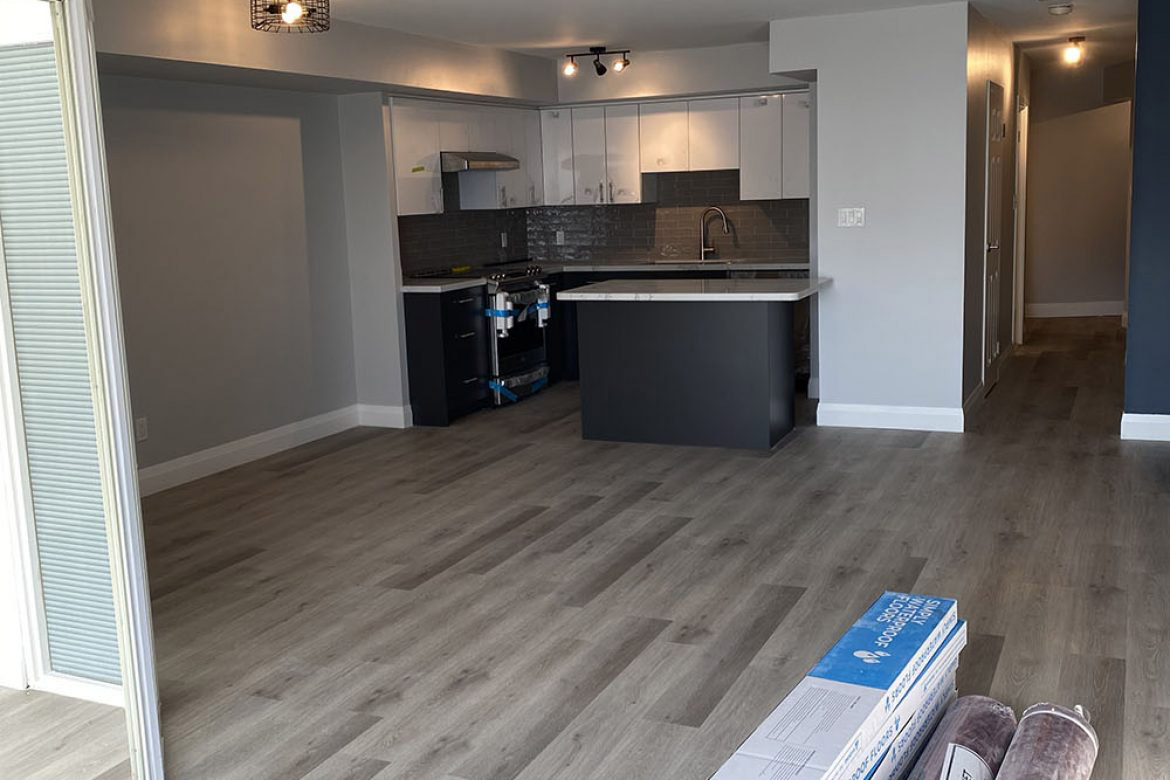Condo living offers numerous benefits, from convenient locations to shared amenities. However, as your lifestyle evolves, so too may your needs for your living space. Whether it’s updating outdated fixtures, maximizing space, or enhancing functionality, condo renovation provides the opportunity to tailor your home to your preferences. In this comprehensive guide, we’ll explore everything you need to know about renovating your condo to create a space that reflects your style while maximizing comfort and convenience.
1. Introduction to Condo Renovation
Condo renovation involves upgrading and modifying your condominium unit to suit your preferences and lifestyle. It can range from minor cosmetic changes to complete overhauls, depending on your goals and budget.
2. Planning Your Condo Renovation
Before diving into renovation work, thorough planning is essential. This includes setting a realistic budget, designing your renovation project, and obtaining any necessary permits from your condominium association or local authorities.
Setting a Budget
Establishing a budget is the first step in any renovation project. Consider factors such as labor costs, materials, permits, and unexpected expenses. It’s crucial to set aside a contingency fund to accommodate any unforeseen circumstances that may arise during the renovation process.
Designing Your Renovation
Create a clear vision for your renovation project. Determine which areas of your condo require attention and prioritize your goals. Whether you’re aiming for a modern aesthetic or a cozy ambiance, thoughtful design choices will ensure a cohesive and visually appealing result.
Obtaining Necessary Permits
Depending on the scope of your renovation, you may need to obtain permits from your condo association or local building authorities. Ensure compliance with regulations to avoid potential delays or fines.
3. Choosing the Right Contractors
Selecting reputable contractors is crucial to the success of your renovation project. Conduct thorough research, obtain multiple quotes, and check references before making a decision.
Researching Contractors
Seek recommendations from friends, family, or online reviews. Look for contractors with relevant experience and a proven track record of delivering quality workmanship.
Getting Quotes
Collect quotes from multiple contractors to compare pricing and services offered. Beware of unusually low bids, as they may indicate subpar workmanship or hidden costs.
Checking References
Request references from past clients and follow up with them to gauge satisfaction levels and overall experience working with the contractor.
4. Selecting Materials and Fixtures
Choosing the right materials and fixtures is essential for both aesthetic appeal and durability. Consider factors such as quality, cost, and eco-friendliness when making selections.
Quality vs. Cost Considerations
Balance cost considerations with the quality of materials. Investing in high-quality materials may incur higher upfront costs but can result in long-term savings and satisfaction.
Eco-Friendly Options
Explore eco-friendly alternatives for materials and fixtures to minimize environmental impact and reduce utility costs in the long run.
5. Maximizing Space in Your Condo
Condos often have limited space, making efficient use of every square foot essential. Incorporate design strategies and furniture solutions to maximize space and create a functional living environment.
Open Concept Design
Opt for an open concept layout to create a sense of spaciousness and flow between living areas. Removing unnecessary walls can visually enlarge the space and improve natural light distribution.
Multifunctional Furniture
Choose multifunctional furniture pieces that serve dual purposes, such as storage beds, convertible sofas, or extendable dining tables. These versatile pieces help optimize space without sacrificing comfort or style.
Storage Solutions
Implement creative storage solutions, such as built-in cabinets, wall-mounted shelves, or under-stair storage. Utilize vertical space and hidden compartments to keep clutter at bay and maintain a tidy living environment.
6. Enhancing Lighting and Ventilation
Good lighting and ventilation are essential for creating a comfortable and inviting living space. Explore strategies to enhance natural light and airflow within your condo.
Natural Light Utilization
Maximize natural light by strategically placing windows, skylights, or glass doors. Light-colored walls and reflective surfaces can further amplify natural light and brighten up your space.
Installing Energy-Efficient Fixtures
Opt for energy-efficient lighting fixtures and appliances to reduce electricity consumption and lower utility bills. LED bulbs, programmable thermostats, and energy-efficient appliances are smart investments that pay off in the long term.
7. Flooring Options for Condos
Selecting the right flooring is essential for both aesthetic appeal and practicality. Explore various flooring options to find the perfect balance of style, durability, and maintenance requirements.
Hardwood Flooring
Hardwood flooring adds warmth and elegance to any space while offering durability and longevity. Choose from a wide range of wood species, finishes, and plank sizes to complement your interior design.
Laminate vs. Vinyl
Laminate and vinyl flooring are affordable alternatives to hardwood that mimic the look of natural wood or stone. Both options are durable, water-resistant, and easy to maintain, making them ideal for high-traffic areas.
Tiles and Other Alternatives
Tiles are a versatile flooring option available in a myriad of colors, patterns, and textures. Porcelain, ceramic, or natural stone tiles are suitable for various areas of the condo, from kitchens and bathrooms to living rooms and entryways.
8. Kitchen and Bathroom Renovation Tips
The kitchen and bathroom are two of the most frequently used areas in a condo. Upgrade these spaces to enhance functionality, aesthetics, and overall value.
Updating Appliances and Fixtures
Replace outdated appliances and fixtures with modern, energy-efficient models. Stainless steel appliances, granite countertops, and stylish faucets can instantly elevate the look and functionality of your kitchen and bathroom.
Optimizing Layouts
Maximize efficiency and usability by optimizing the layout of your kitchen and bathroom. Consider factors such as workflow, storage, and accessibility when redesigning these spaces to suit your needs.
Incorporating Smart Technology
Embrace smart technology to streamline everyday tasks and improve convenience. Smart appliances, automated lighting systems, and voice-activated assistants can enhance your condo’s functionality and efficiency.
9. Dealing with Condo Regulations and HOA Guidelines
Before embarking on any renovation project, familiarize yourself with your condo association’s rules and regulations. Obtain approval for your renovation plans and adhere to any restrictions or guidelines set forth by the HOA.
10. Ensuring Safety During Renovation
Safety should always be a top priority during the renovation process. Take necessary precautions to minimize risks and ensure a smooth and accident-free renovation experience.
Following Building Codes
Adhere to building codes and regulations to ensure structural integrity and safety compliance. Engage licensed professionals for tasks that require specialized knowledge and expertise.
Minimizing Disruptions
Communicate with neighbors and minimize disruptions to ensure a harmonious living environment during the renovation process. Establish a timeline and schedule work hours to minimize inconvenience to others.
Communicating with Neighbors
Keep neighbors informed about the renovation schedule, potential noise levels, and any temporary inconveniences. Open lines of communication can help mitigate conflicts and foster a supportive community atmosphere.
11. Monitoring Progress and Making Adjustments
Stay actively involved in the renovation process by monitoring progress and addressing any concerns promptly. Be flexible and prepared to make adjustments as needed to ensure the successful completion of your project.
12. Adding Personal Touches and Décor
Inject your personality into your condo by incorporating personal touches and décor elements that reflect your style and interests. From artwork and textiles to furniture and accessories, curate a space that feels uniquely yours.
13. Completing the Renovation Process
Once the renovation work is complete, take the time to inspect the finished results and address any remaining tasks or touch-ups. Celebrate the transformation of your condo into a stylish and functional living space that meets your needs and preferences.
14. Maintaining Your Newly Renovated Condo
Regular maintenance is essential for preserving the beauty and functionality of your newly renovated condo. Establish a maintenance routine and address any issues promptly to prevent minor problems from escalating into major repairs.
15. Conclusion
Condo renovation offers the opportunity to transform your living space into a personalized oasis that reflects your lifestyle and preferences. By carefully planning your renovation, selecting quality materials and fixtures, and working with reputable contractors, you can achieve stunning results that enhance both the aesthetic appeal and functionality of your condo.
FAQs (Frequently Asked Questions)
1. How long does a condo renovation typically take?
- The duration of a condo renovation varies depending on the scope of work and complexity of the project. Minor renovations may take a few weeks to complete, while larger-scale projects could span several months.
2. Do I need to obtain permits for my condo renovation?
- In most cases, yes. Check with your condo association and local authorities to determine the specific permits required for your renovation project. Failure to obtain necessary permits could result in fines or delays.
3. How can I minimize disruptions to my neighbors during the renovation process?
- Communicate with your neighbors about the renovation schedule and any potential noise or inconvenience. Set clear boundaries and work hours to minimize disruptions and maintain a positive relationship with your neighbors.
4. What are some cost-saving tips for condo renovation?
- To save costs on your renovation project, consider refurbishing existing fixtures or opting for mid-range materials instead of high-end alternatives. DIY tasks such as painting or minor repairs can also help reduce expenses.
5. How do I ensure quality workmanship from contractors?
- Research contractors thoroughly, check references, and obtain multiple quotes to ensure competitive pricing. Clearly communicate your expectations and preferences upfront, and monitor progress closely to ensure quality and compliance with agreed-upon standards.




